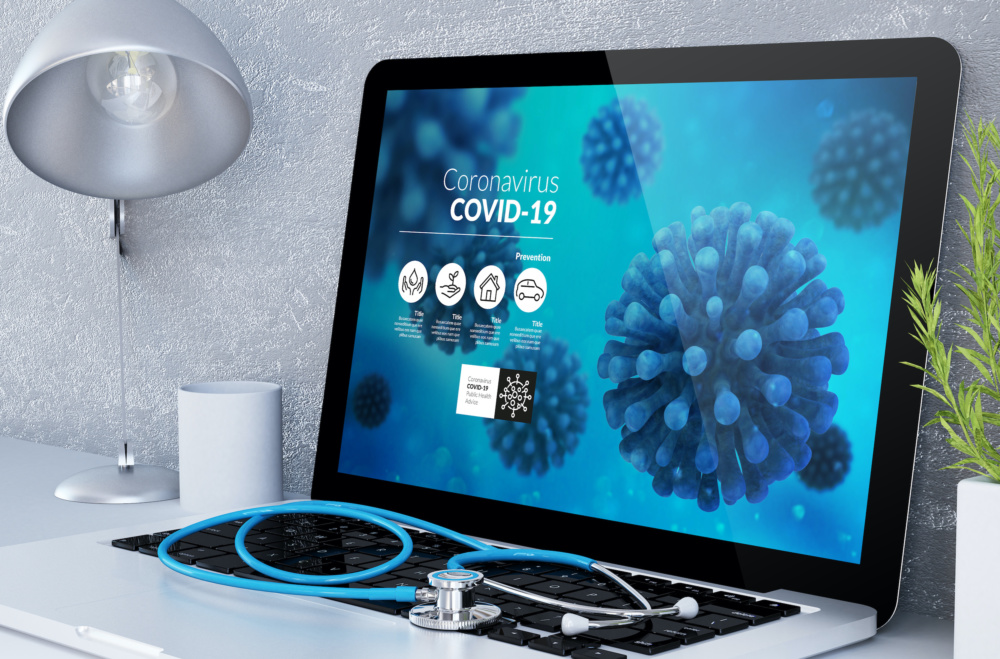[dropcap size=small]H[/dropcap]ealthcare professionals and the general public view healthcare analytics with optimistic skepticism. As the following examples illustrate, it’s time for healthcare analytics vendors to show results.
Recently, NPR examined some highs and lows of healthcare analytics to determine the effectiveness of the technology. NPR used a promising Microsoft experiment that attempts to improve pancreatic cancer diagnosis and Google Flu Trends, which tried to predict the peak of flu season and missed in 2013 by 140 percent, as examples. The report concludes the “lesson on big data in health (is that it) deserves both enthusiasm and caution.”
A recent speech by Sriram Vishwanath, professor of engineering and data science at the University of Texas at Austin, echoed this sentiment.
“There are limitations to what any engine can do, and we should be honest about those limitations,” Vishwanath said. “Just as consumer analytics fundamentally altered the way goods and services are sold and network analytics changed the way routers and systems are designed, healthcare analytics will, someday, change the way we manage care.”
In early 2016, a study conducted by the New England Journal of Medicine stated that healthcare executives and administrators see population health as the future of healthcare, but doctors and clinicians remain unconvinced.
These statements validate NPR’s conclusion that healthcare analytics is nearing the end of a hype cycle.
“We have experienced an 18 percent reduction in emergency room encounters and emergent hospital admissions for the target population” -David Thompson, chief operating officer of GlobalHealth
A hype cycle is when a technology debuts to great fanfare then, either because expectations were too high or companies failed to follow through on promises, the public becomes disenfranchised. However, as that disenfranchisement fades and expectations level off, the technology is able to show its true potential and become a productive tool.
If healthcare analytics is moving out of a hype cycle, then it’s time for vendors to showcase the true value of the technology.
A new case study published by GlobalHealth serves as a good example. The study closely examines how GlobalHealth, a regional payer located in Oklahoma, used predictive analytics to create a proactive outreach program that transformed the company, saved millions in healthcare costs and improved the health of its members.
“Without big data, our proactive outreach program would look a lot more like what you would consider a typical wellness program,” said Kyle Hager, director of process improvement and business optimization at GlobalHealth. “It would be, ‘Go get your mammograms,’ ‘Have you had your cholesterol checked,’ ‘Get a colonoscopy.’ Those are important, but we’re able to really focus on our members’ particular needs. We’ve designed the program so our nurses can very quickly get an assessment of our members, their care gaps, their history and what kinds of help they may need. The conversations are a lot more personal than ‘It’s time for your cholesterol test.’”
One of GlobalHealth’s priorities in creating their outreach program was finding an analytics partner with a solution that could seamlessly integrate and evolve with the company. They selected our company, VitreosHealth, based in Dallas, Texas.
“We looked at some national vendors and didn’t get much from them,” said Scott Vaughn, CEO of GlobalHealth. “The vendor we finally selected had a lot of substance: very strong data architecture and legitimate interfacing capabilities.
“Most health plans look at the members who have generated the most costs historically and focus on them. Whereas VitreosHealth, they look at those members as well, but they also identify members who haven’t generated high costs in the last 12 months but are very likely to have serious health complications in the near future.”
“Without big data, our proactive outreach program would look a lot more like what you would consider a typical wellness program” -Kyle Hager, director of process improvement and business optimization at GlobalHealth
GlobalHealth instituted their proactive outreach program on January 1st, 2014. Since then, the company has made a dramatic improvement in the health of its members.
“We have experienced an 18 percent reduction in emergency room encounters and emergent hospital admissions for the target population,” said David Thompson, chief operating officer of GlobalHealth. “For that same population, we have also seen a 22 percent reduction in readmissions. Our per-member per-month (PMPM) reduction in medical cost is about 6 to 8 percent, that’s spread across all members. Then if you just look at the members we target and engage, that reduction is even higher.”
The case study examines several reasons for the success of GlobalHealth’s outreach program and concludes that one of the main reasons was finding the right vendor who could seamlessly integrate with the company and deliver on their promises.
“I think the biggest thing we’ve done is incorporate VitreosHealth’s predictive analytics into our organization,” said Vaughn. “They truly are a part of our business today. They’re more than a vendor; they’re a partner. They’re the engine that drives our outreach program. We can now predict 70 percent of our hospital admissions, and that gives us a huge opportunity to perform outreach and take actions that will result in lower cost and higher quality service. We’re providing outreach in a very focused way to the people who need it the most.”
“I would say that our analytics program is in constant change,” said Hager. “I would say every month we get smarter, every month the analytics get better, and every month we identify something we didn’t know before. And it’s going continue to be that way.”
For more information visit www.vitreoshealth.com or call 972.954.9992. VitreosHealth is located at 5151 Headquarters Drive, Suite 220 in Plano, TX 75024.







Recent Comments